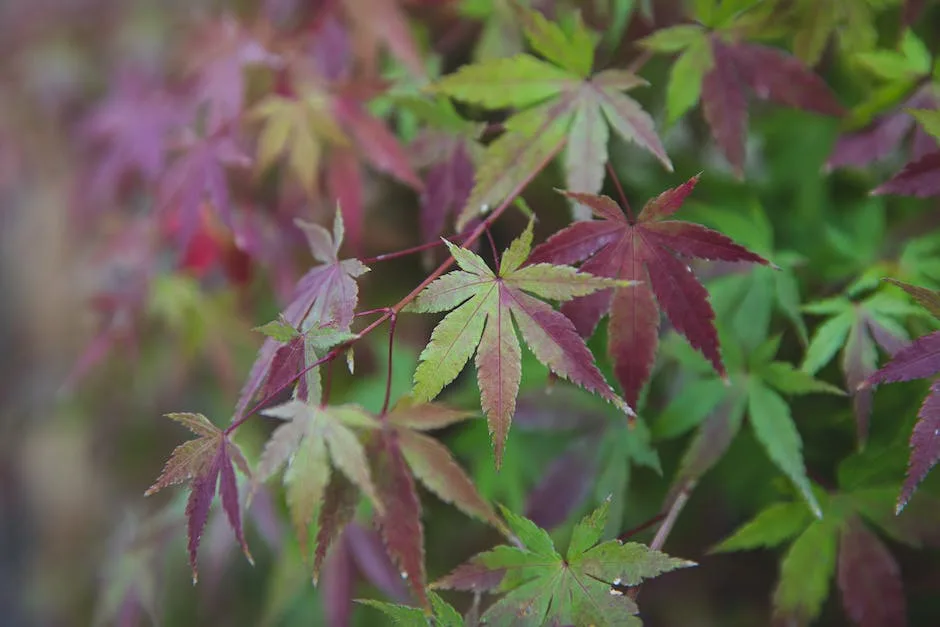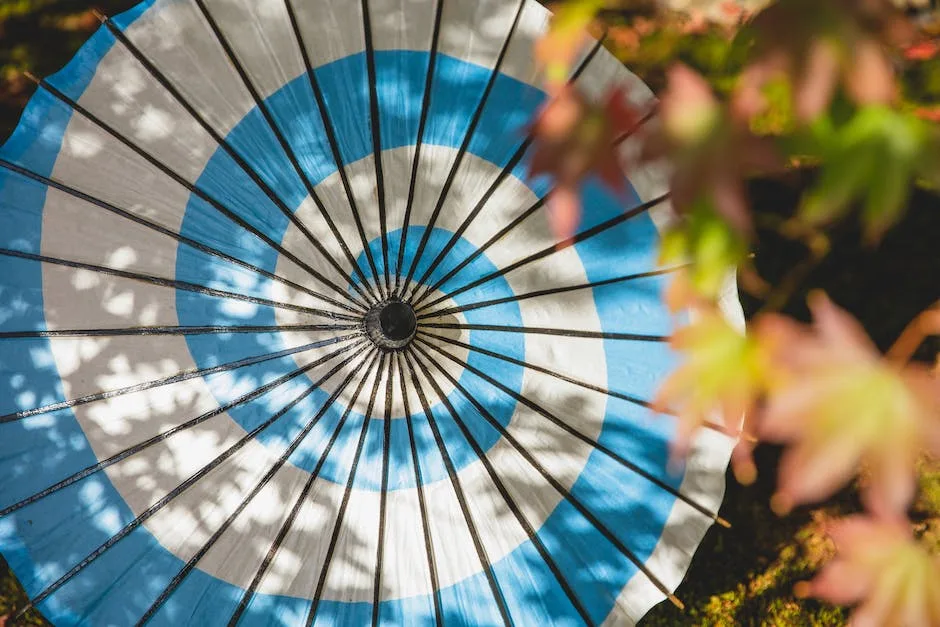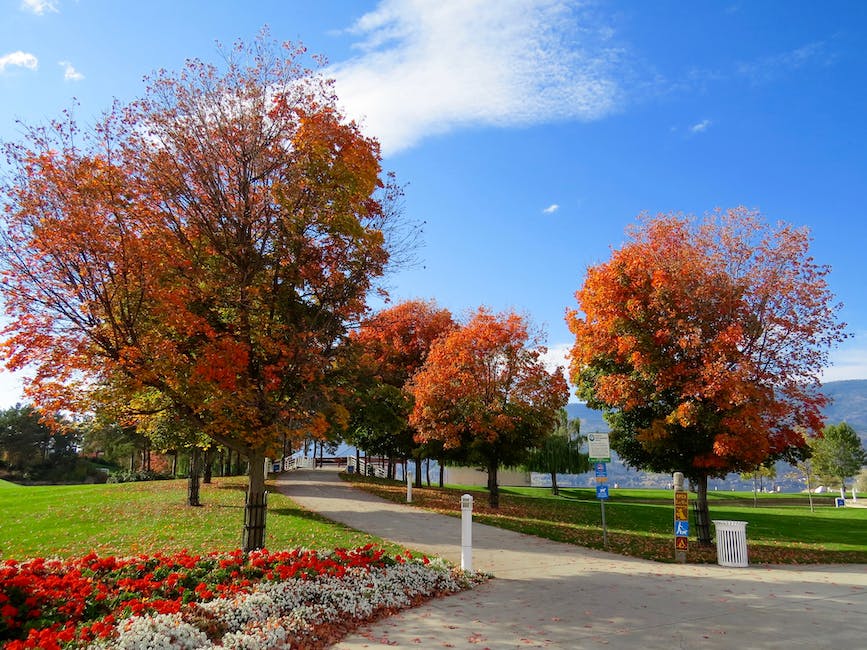more than just aesthetically pleasing, Japanese maples are also relatively easy to tap for syrup. If you have your own Japanese maple tree, you can tap it and collect the sap to make syrup at home. As with any type of tree tapping, there are a few things you need to do to prepare the tree and your supplies. But once you have everything ready, tapping a Japanese maple tree is a relatively simple process
Yes, you can tap a Japanese maple tree.
Can you tap any maple tree for maple syrup?
Maple syrup is a delicious and versatile sweetener that can be made from any species of maple tree. Trees that can be tapped for their sap include sugar, black, red and silver maple, and box elder trees. Of all the maples, the sugar maple has the highest concentration of sugar in its sap, making it the best choice for making syrup.
Tapping a tree does create a wound, but it is a wound from which the tree can readily recover and does not endanger the health of the tree. Commercial syrup producers are able to tap trees for decades without adversely affecting the health of the tree. A vigorous tree will heal, or grow over, a tap hole in one year.
Can you tap a maple tree with buds
The freeze/thaw cycle can affect how well sap flows, but in more temperate regions such as the Western United States, trees can be tapped all winter as long as they’re dormant. In all cases, sap will not produce good-tasting syrup if the tree is in bud or growing leaves.
You can tap sugar maples for syrup even if they’re relatively young – as long as the trunk is at least 10 inches in diameter. Other good tapping candidates include birch and black walnut trees; although the sugar content of their sap is lower, it’s still perfectly palatable.
How do I know if I can tap my maple tree?
If you want to tap a maple tree for its syrup, you need to make sure that the tree is mature. You can tell if a maple tree is mature by looking for the rough bark and measuring the diameter of the tree at about shoulder length. The tree must be a minimum of 254+ centimetres in diameter for you to put one tap in, 45 cm for two taps, and 60 cm for three taps.
You should tap your maple tree when you see at least 3 days with temperatures above freezing during the day and below freezing at night. Ideal temperatures for collecting sap are around 40 degrees during the day and around 20 degrees at night.
When should you not tap a maple tree?
When the sap starts to run, the sugar content is at its highest. If you wait too long, the sap will become more watery and the sugar content will drop.
It is amazing how long it takes for a maple tree to grow big enough to tap – at least 40 years! And if the tree is on a good growing site and treated well, it can be tapped for syrup indefinitely. It is hard to believe, but some of the maple trees we tap were saplings during the Civil War.
Should you plug maple tree after tapping
It’s not necessary to plug maple tap holes with twigs or anything else at the end of the season. Trees know how to heal their wounds all on their own.
Tapping a tree in the spring can help to improve the flow of sap. This is because when you tap a tree, it is equivalent to a human getting a small cut. The cut will gradually scar over and stop the loss of bodily fluids. If you tap too early, the scarring will gradually reduce the flow of sap.
Do maple trees explode if not tapped?
Sap pressure build-up occurs when the conditions are conducive for the sap to rise rapidly in the tree. This can happen when the weather is warm and the tree is under stress. When the sap pressure gets too high, it can cause the branches to explode.
Older maple trees are more susceptible to this phenomenon because their bark is thicker and they have a higher sap content. However, younger trees can also be affected if the conditions are right.
If you think your tree is under stress and at risk for sap pressure build-up, it’s important to contact a groundskeeper or arborist. They can help you assess the situation and take steps to relieve the pressure before it becomes dangerous.
When drilling a hole in a tree, it is important to angle the bit slightly upwards in order to promote sap to run out. Tap holes should not exceed two inches in depth in order to avoid cutting across too much of the tree’s growth.
What trees besides maple can you tap for syrup
Pine, birch, and black walnut syrup are all delicious alternatives to maple syrup. They can be used in the same way as maple syrup, on pancakes, waffles, oatmeal, etc. These syrups have a unique flavor that can enhance any dish. Give them a try the next time you’re in the mood for something different!
When tapping a tree for syrup, it is best to drill no more than 2 holes per tree. This is to minimize the amount of damage done to the tree. The more holes, broken branches, scars, etc, the less pressure can build up in the tree, and the tree is more likely to die. Drill bit should match the tap size (5/16” tap will require a 5/16” bit) Drill tap holes at a slight upward angle to prevent sap pooling.
How do you tap a maple tree at home?
To tap a maple tree, you’ll need to drill a hole in the tree, insert a spile, and hang a bucket to collect the sap. You can then boil the sap to make syrup.Filter your syrup before storing it.
This is the time of year when sap “runs” in maple trees, meaning they can be tapped to draw off the sap and boil down into maple syrup. Maple sap contains sugars, amino acids and other compounds that create that unique maple syrup “taste”. March is maple syrup season in many parts of Michigan, so be sure to stock up on your maple syrup supplies!
What do you do when you tap a maple tree
Once you’ve removed the spiles from your tapping holes, the tree will naturally begin to heal over the summer months. Next year when you go to tap the tree again, be sure to locate your new tap holes at least 12 inches above or below and 6 inches sideways from the previous year’s holes. This will allow the tree to fully heal and prevent any further damage.
You will need a drill, a maple spile, a hammer and a sap bucket to tap a maple tree and collect the sap. The drill is used to make a hole in the tree, the maple spile is inserted into the hole, and the sap bucket is hung on the spile to collect the sap. The sap is collected in the spring when the temperatures are above freezing during the day and below freezing at night.
How many times can you tap one maple tree
The reason for this is because tapping a tree puts a stress on the tree, and the tree needs time to heal. If you tap too many trees, or if you tap a tree that is too small, the tree will not be able to heal and will eventually die.
If you want to tap a maple tree for sap, the diameter of the tree is important. A tree with a diameter of 12 to 20 inches can only be tapped once. A tree with a diameter of 21 to 27 inches can be tapped twice. A tree with a diameter of 27 inches or more can be tapped three times.
Can you tap the same maple tree every year
If you follow good tapping guidelines, you should be able to use the same trees every year. This means not tapping too many trees, and not tapping too deeply into the tree. By following these guidelines, you can help ensure that your trees will be healthy and productive for many years to come.
In the case of sugar maple, some studies showed that tapping can reduce tree growth (Copenheaver et al. 1990;1991;1994). However, other studies showed that tapping had no significant effect on sugar maple growth (Nilsen et al. 1997;1999). The variation in results may be due to different tree health or site conditions.
What side of a maple tree should you tap
When tapping a tree for sap, it is ideal to have the tap hole be above a large root or below a large branch on the south side of the tree. This allows the sap to flow more easily and prevents damage to the tree. If more than one tap is needed, be sure to distribute them around the circumference of the tree to avoid any damaged areas.
These 5/16 bits are designed specifically for tapping Maple Trees. The Special 90 degree cut tip is specifically engineered for tap hole drilling. This results in less waste and a more efficient tapping process.
How long will sap last before boiling
If you are collecting sap from sugar maples, it is important to store it correctly in order to ensure that it remains fresh and usable. The sap should be stored at a temperature of 38 degrees Fahrenheit or colder, and used within 7 days of collection. In addition, it is important to boil the sap prior to use in order to eliminate any potential bacteria growth. If there is still snow on the ground, you may keep the storage containers outside, in the shade, and packed with snow.
Canning tree sap or tree water is not safe because the sap is not naturally acidic. The pH of tree sap can be over 50, which is too high for safe canning. If you want to drink tree sap, make sure to boil it first to kill any harmful bacteria.
How do I identify a maple tree for syrup
The process of making maple syrup begins with identifying which trees to tap. In North America, the three most common maple species used for syrup production are the sugar maple (Acer saccharum), the red maple (Acer rubrum), and the silver maple (Acer saccharinum). All three species can be found in the eastern half of the continent, though the sugar maple is the primary species used in commercial production.
To tap a sugar, red, or silver maple, look for a tree that is at least 12 inches in diameter at breast height (4.5 feet above the ground). The tree should also be healthy and located in an area with good drainage. Once you’ve found a suitable tree, use a drill to make a hole about 2.5 inches deep into the trunk. Next, insert a spout or “tap” into the hole and attach a bucket to catch the sap. Most trees will produce around 10-20 gallons of sap per season, though this will vary depending on the tree’s size, species, and health.
Making your own maple syrup is a fun and rewarding process. Be sure to take the time to identify the right trees before you get started!
The Palawa (Tasmanian Aborigines) used to bore holes through the bark of the cider or sugar gum (Eucalyptus gunnii) to tap its sugary sweet, honey-coloured sap which flows in spring. The liquid trickles down the trunk and is collected at the base of the tree. This was an important food source for the Palawa.
Final Words
Yes, you can tap a Japanese maple tree for sap. Japanese maples are a type of maple tree, and like other maple trees, they produce sap that can be used to make syrup. The process for tapping a Japanese maple is the same as for any other maple tree. You will need to drill a small hole in the tree, insert a spout, and collect the sap as it drips out.
You can tap a Japanese maple tree, but it is not recommended. The tree will not produce as much sap as a sugar maple, and the sap is not as sweet.
I’ve always been drawn to trees.
As a kid, I spent most of my free time outside, climbing, exploring, and trying to figure out the names of the trees around me.
That early curiosity eventually led me to study arboriculture and horticulture at Michigan State.
Later, I completed a degree in forestry at the University of Michigan.
I’ve been working in tree care and education ever since.
These days, I enjoy helping people learn more about the trees in their own backyards.
How they grow, how to care for them, and why they matter.
You don’t need to be an expert to appreciate trees.
A little curiosity goes a long way.
